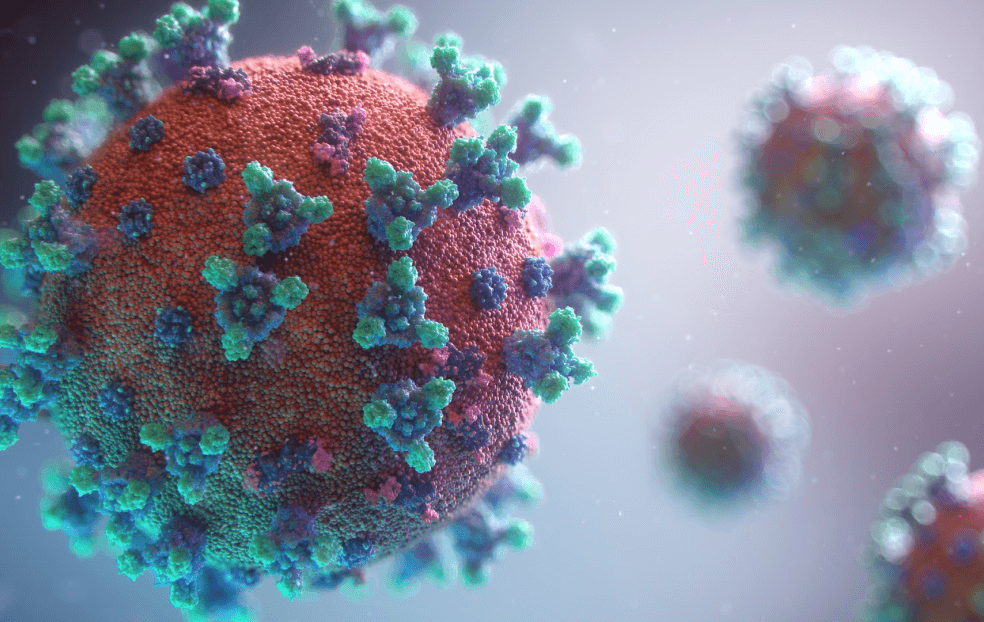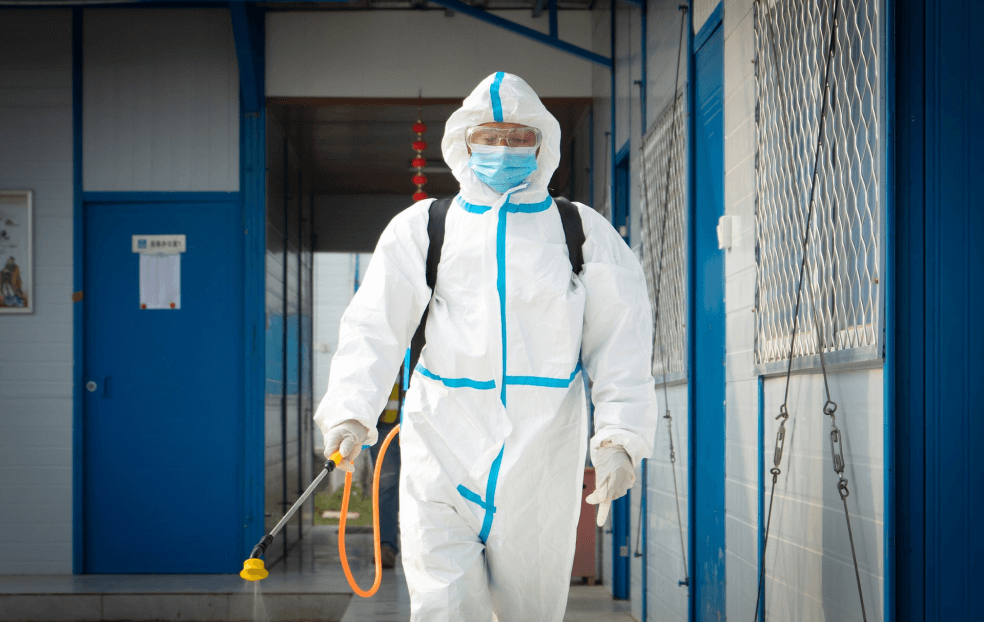How well do you know about workspaces sanitation?
As the world moves towards an endemic approach of living with the coronavirus, most workers will inevitably begin to return to their offices. However, some employees tend to focus on projects and deadlines while ignoring the upkeep of their workspaces. One survey revealed that one in 10 office workers cleans their desk just once a month, and nearly one in 10 admit their workstation never gets disinfected.
It is crucial that office sanitation is kept to the highest standards not only for the protection of employees but also their families and the community at large. A clean and hygienic environment in the office also plays a large role in ensuring employees feel comfortable spending prolonged periods in the office. With that in mind, we would like to raise some key approaches that can be taken to help keep our office spaces clean and sanitized.

1. High Touch Areas
Inside an office, numerous high-touch surfaces, as well as hard-surface and carpet floors, inevitably attract germs and stains. It is crucial to maintain these areas to promote a hygienic and clean workplace. There should be proper management and schedule to ensure frequent cleaning of high-touch surfaces. Employees constantly come into contact with many surfaces in the office and this can lead to pathogens moving from surface to surface rapidly spreading around the entire office.
Staff should also be provided with disinfectant wipes and sprays to regularly disinfect their workstations on a daily basis. To handle these surfaces, seek out versatile, non-toxic disinfectant wipes that deliver fast-acting, broad-spectrum disinfection with enhanced cleaning power. This is especially important if the office employs a desk-sharing policy where employees do not have assigned seating.
Ideally, cleaning solutions provided to employees should have short contact times to ensure that pathogens on surfaces are inactivated before the solution dries. They should also be gentle on surfaces and safe for staff and guests in the office.

2. Common Rooms
Common rooms such as boardrooms and pantries are the most likely areas for the spread of viruses as it is hard to control the usage and no individual is in charge of its cleanliness. Pantries have been shown to contain large pools of bacteria and pathogens due to high footfall and insufficient cleaning. High touchpoints in pantries such as the handles and buttons of microwaves, fridges, and other surfaces such as tables, should be sanitized regularly.
Ideally, this is to be done before and after mealtimes. Boardrooms are equally important as they face heavy usage from multiple groups of people on a daily basis. Switches, remotes, and tables are all common areas that need to be sanitized frequently. Ideally, board rooms should be cleaned and sanitized after every meeting to reduce the risk of transmission.


How we keep you safe in workspace? / How we do it?
Applying an Antimicrobial Coating
Anti-microbials are substances that are either applied to surfaces or integrated into the matrix of the surface material to kill micro-organisms. They will target unwanted microbes and prohibit their growth and viability. They generally work continuously throughout their lifecycle to constantly reduce the number of microbes on the surface of the product. They suppress any further growth of microbes.
Here at airQ+, we employ a quaternary based organo-silane compound that can continuously disinfect surfaces and provide consistent, residual protection against 99% of all known pathogens and deliver a 99.99% reduction in their numbers for at least 30 days after application. Not only will this help to reduce the workload on the cleaning staff, but it can also help to create an appealing environment for staff and visiting clients.




